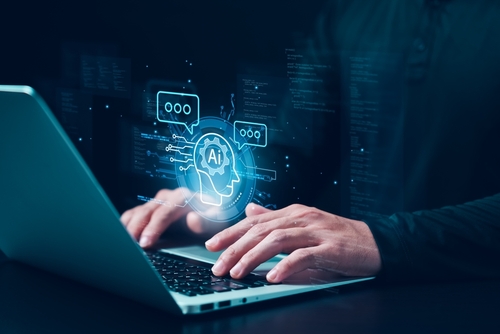No other technology today has the level of hype artificial intelligence (AI) has. Countless news articles, blog posts, and videos have predicted everything from drastic changes in the workplace to the complete destruction of humanity. With all this discussion, it can be difficult to determine exactly how, and to what extent, your organization will be affected. Work product created by AI is fraught with risk. For example, some AI tools can “make up” information (known as “hallucinations”), rendering it unreliable in certain contexts. Also, if AI is trained based on someone else’s intellectual property, it may produce results that infringe on that intellectual property. And, information provided to an AI tool, if used to train future versions of it, can potentially be extracted, risking trade secret exposure.
With so many unknowns, here are three practical (and reasonable) actions you can take to ensure your organization is protected.
Three Steps
First, ensure your organization has a policy to govern how AI is to be used or not used. A starting point may be creating a blacklist of AI services that aren’t permitted, including free online AI services whose reliability, data privacy policies, and AI training methodologies can’t be easily determined.
Also, as AI is incorporated into your organization’s software and services, it may be helpful to train employees on how confidential information is to be used with these tools and services.
Second, as your own providers add AI tools to their services, review how your current service agreements allocate the additional risks. Ensure the terms in your service agreements clearly indicate how information provided to the AI may and may not be used, and ensure you have some level of notice and control over updates and changes to the underlying AI that may affect your organization.
Third, develop a rubric for evaluating new AI tools for use in your organization. AI is inherently less predictable than other forms of software. You may wish to evaluate AI tools in the same way you might evaluate a new employee rather than a new productivity tool. What training has the AI received? What are its strengths? Weaknesses? What are its liabilities and work history? Any references?
Takeaways
Although no one knows what AI’s full effect will be, taking these steps can put your organization in a better position to safely adopt and use the latest in AI technology.
James Meaders is an attorney with Parsons Behle & Latimer in the Boise, Idaho, office. He can be contacted at jmeaders@parsonsbehle.com.

